Seal of approval
We outline types, trends and technology shifts in global industrial fastener markets in the March 2024 issue of ISMR.
====
The size of the industrial fasteners’ market is estimated at US$ 84.77 billion in 2024 and is expected to reach US$ 108.47 billion by 2029, growing at a CAGR of 4.26% during the forecast period (2024-2029) by analyst, Mordor Intelligence.
Industrial fasteners are components used to join two or more objects permanently or semi-permanent. They include nuts and bolts; threaded rods; structural bolts; machine screws; wedge anchors; washers; rivets and more in various types and sizes. They are available in various standard shapes, sizes and materials, and can also be produced customarily for specific needs. They are used to combine multiple components from sheet metal, plastics or other materials.
Metal fasteners are manufactured from various materials such as steel, stainless steel; brass; aluminium; bronze; nickel; copper; titanium and other non-ferrous metals. The selection of material by end users is primarily based on considerations such as strength required; presence of corrosive environment; stresses; weight; electrical and magnetic properties; electrical; plating/coating required; expected life and reusability.
Steel (as well as alloy steel and low and medium-carbon steel) is a key material for fasteners. Other materials such as titanium; aluminium and different alloys are also used to make metal fasteners. Special coatings or plating are also applied to metal fasteners to increase their performance characteristics. Zinc, chrome and hot-dip galvanizing are standard coating/plating techniques for fasteners.
A strong bond
“Common stainless steels used for industrial fasteners include the 200, 300 and 400 series, out of which the 400 series is predominantly used as it offers high corrosion resistance with strength, wear resistance and increased oxidation properties. Increasing activities across various sectors (such as manufacturing, construction and automotive) drive demand for metal industrial fasteners,” commented analyst, Mordor Intelligence.
Metal fasteners can be used to produce permanent or non-permanent bonds. Examples of metal fasteners that create a permanent bond are screws, rivets, clamps, retaining rings or bolts. Non-permanent fasteners are items such as quick-release couplers and pins that allow the movement of fastened parts. High-quality fasteners that are resistant to corrosion and other natural abrasions are a necessity in many industries.
Galvanised fasteners are characterised by the presence of a protective shell applied by a process of hot dipping; this finishing process adds a layer over the surface. When fasteners are galvanised, they are submerged inside a container filled with molten zinc. After soaking in the molten zinc for a specific time, the screw is removed and allowed to cool. As the screw cools, the molten zinc hardens, forming a shell on the screw’s exterior.
“The primary benefit of metal fasteners is that they can bear significant loads before breaking point. The enhanced lifespan and durability of metal products are factors for their popularity in industrial bonding applications,” said Mordor Intelligence.
“Fasteners are extensively used in the construction industry to join multiple objects together in a non-permanent way to avoid their separation, preventing leakage of joints and transmitting loads. In recent years, the construction sector (especially in developing regions such as India, China and Brazil) has witnessed strong growth, which is anticipated to continue to drive opportunities in the market,” it added.
The analyst also pointed to rapid advances in aerospace/aviation technology which has led to the production of new and more durable aerospace fasteners.
Rising demand across Asia-Pacific
According to Mordor Intelligence, several multinational and domestic players engaged in automotive, machinery and component manufacturing operations have increased the product demand across the Asia-Pacific. In addition, key manufacturing hubs across India and China are further expected to foster market growth due to the rapid expansion of manufacturing operations in these countries.
“China is one of the largest producers and exporters of industrial fasteners in the region, owing to the presence of several small and medium-scale players. Industry players are investing in R&D and production of plastic and specialty fasteners to cater to application-specific demand by end-users and sustainably in the highly competitive market,” explained Mordor Intelligence.
“In India, the demand for industrial fasteners is led by the strong growth in the automotive sector. Despite the challenges of the pandemic, the Indian automotive industry is recovering steadily, also benefiting from the increasing government investments and initiatives to support this sector,” it added.
Japan is also a significant market for industrial fasteners in the Asia Pacific.
Fastener trends
Trends in fastener markets include an increased focus on lightweighting in the automotive and aerospace sectors and growing investments in industrial automation, motion control and robotics. There has been increasing use of novel threaded and plastic fasteners and substantial technology innovations in fastener forms and functions.
To read the rest of this article in the March 2024 issue of ISMR, see https://joom.ag/ZkAd/p22



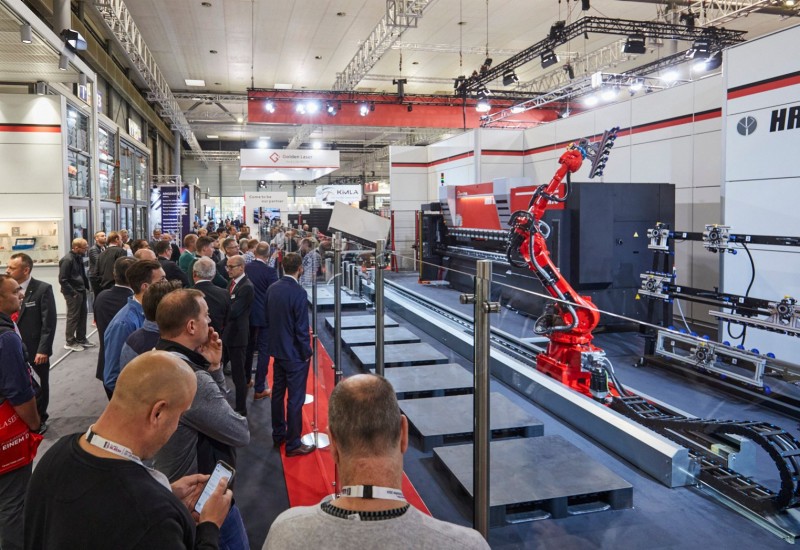
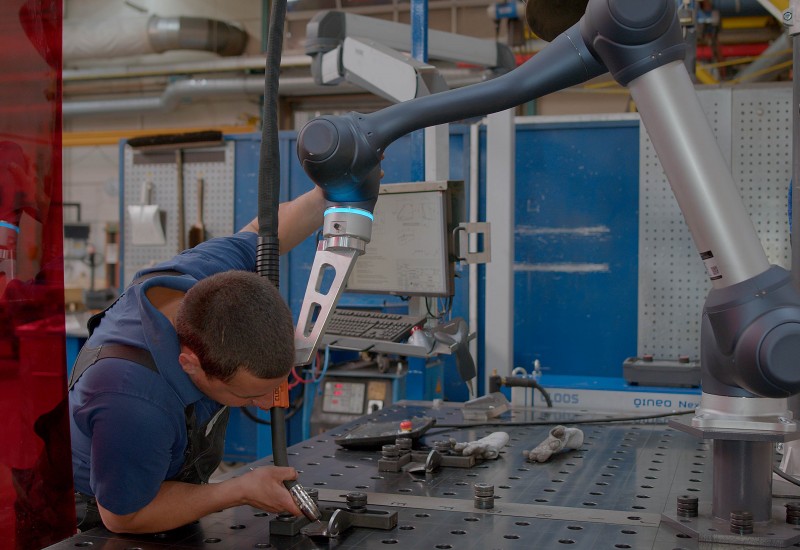
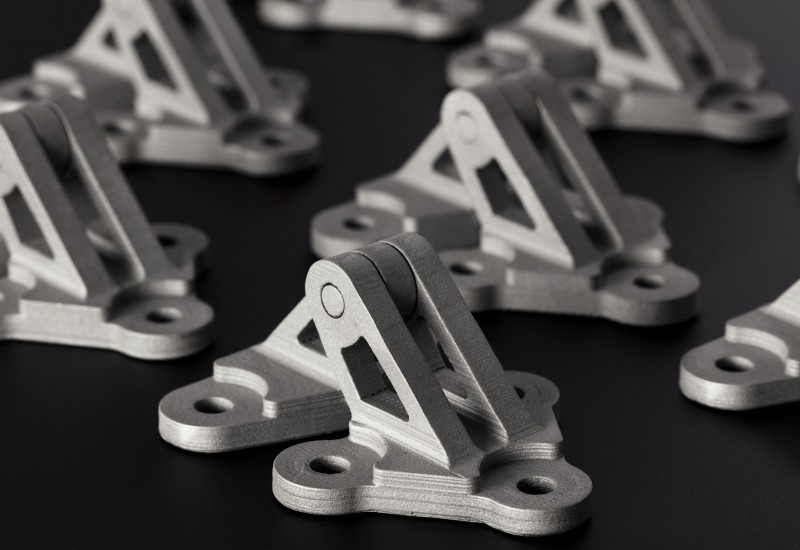
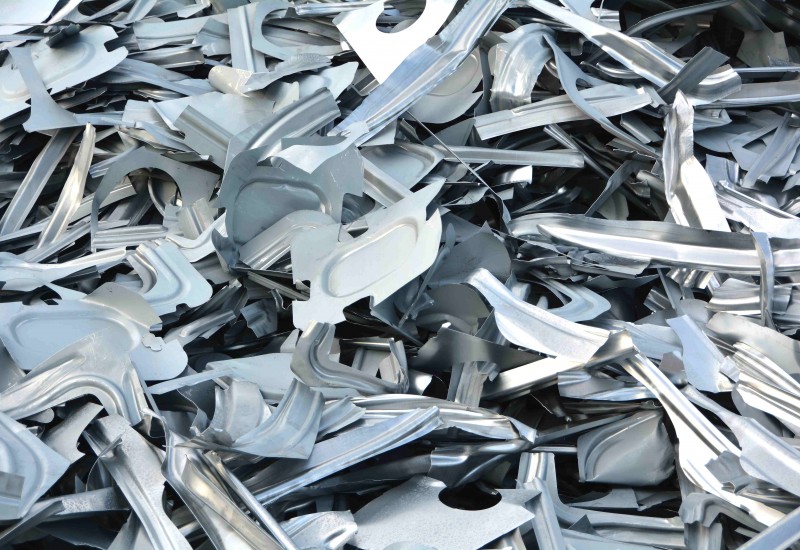
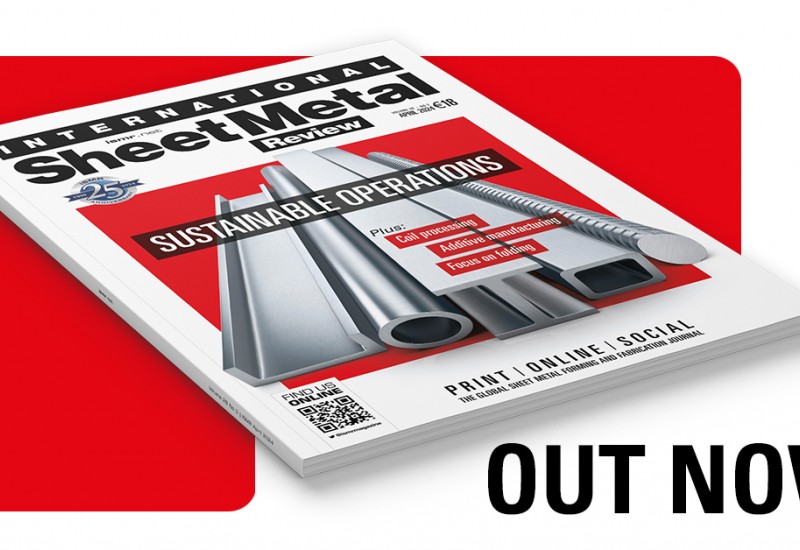
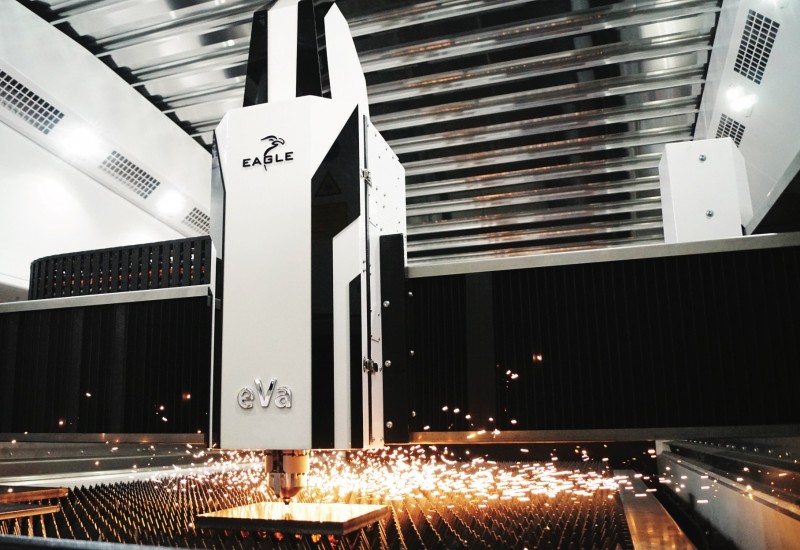

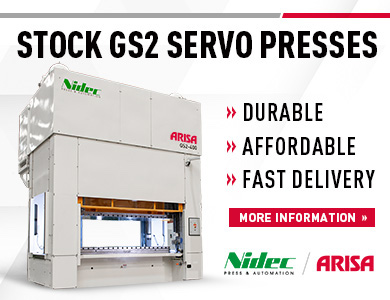






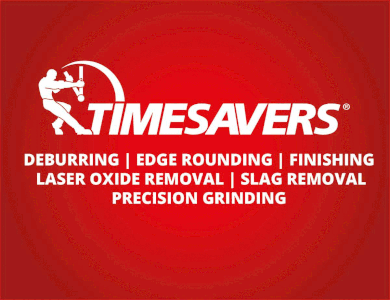

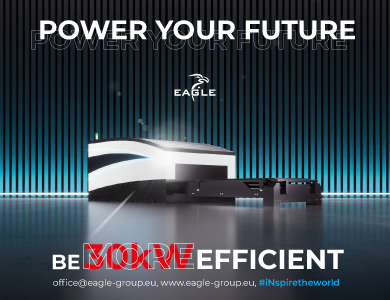
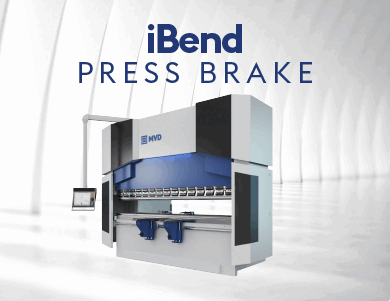
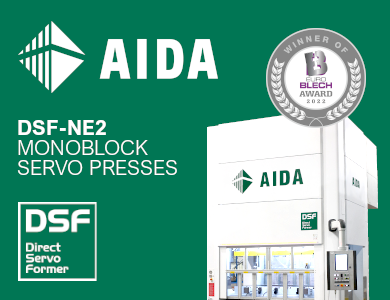
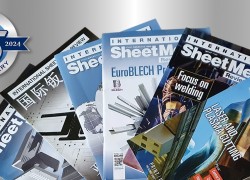

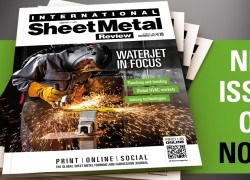
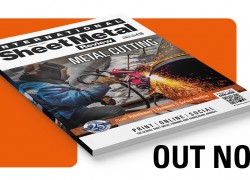

Recent comments